
Video games have been a popular form of home entertainment for decades. From Pong to PS3, take a look at the timeline of video game systems to learn more about how consoles developed through the years.
Advertisement
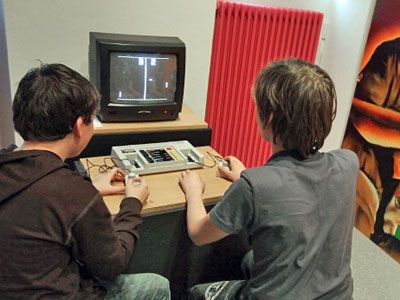
Home video game systems first made their appearance in the '70s, including the Magnavox Odyssey (1972), Coleco Telstar (1976) and the Atari Pong (1975), pictured here.
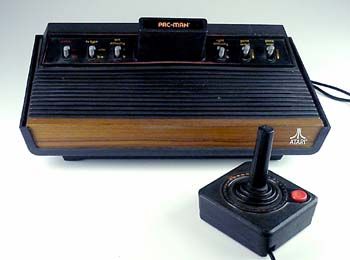
The popular Atari 2600 hit the market in 1980 and had over 400 games. Shortly after, the video game industry crashed in North America, and the popularity of the following console is credited for helping the game industry survive.
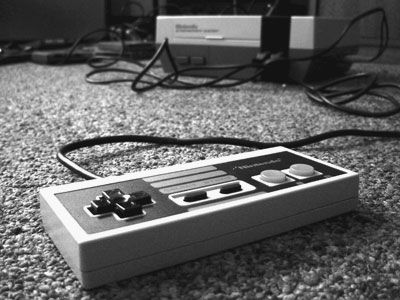
The Nintendo Entertainment System or NES was released in North America in 1985 with 18 games, including "Super Mario Brothers," "Duck Hunt" and "Pinball." It was the best-selling game console of the time and different versions were made for the Japanese, European and North American markets.
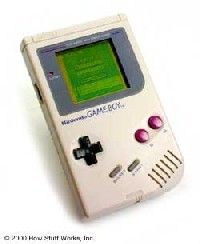
Nintendo also moved to handheld gaming in 1989 with the Game Boy. It was actually their second handheld gaming system after Game & Watch. However, the Game Boy was much more popular and was inducted to the National Toy Hall of Fame.
Advertisement
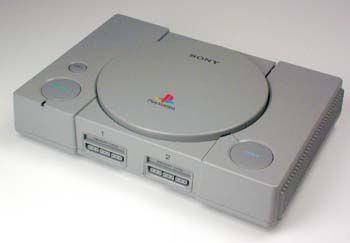
In 1988, Sony entered into an agreement with Nintendo to develop a Super Disc. The Super Disc was never released, but a modified version was developed by Sony in a system called the PlayStation. It went on sale in North America in 1995 and quickly became the most popular gaming system and focused solely on CD-ROM-based games.
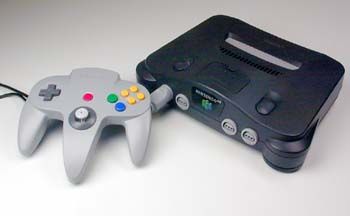
The NES remained Nintendo's main gaming system until 1990, when Super Nintendo became available. The Nintendo 64 (pictured here) was released in North American in 1996 with ROM cartridges at a time when other gaming companies were switching to CD game disks.
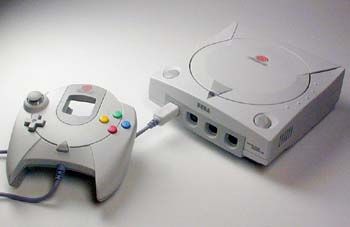
Popular Science magazine recognized the Sega Dreamcast as one of the most important and innovative products of 1999. However, the game system on the next page ended up being too strong of a rival and Dreamcast was discontinued in 2001.
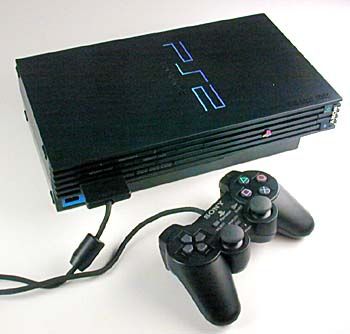
In 2000, the PlayStation 2 was one of the most anticipated game systems ever developed. It was almost as small as a hardcover book and network ready. It became more popular and had higher sales than the original PlayStation.

Nintendo upgraded their handheld game system in 2001 with the Game Boy Advance -- Nintendo's first horizontally aligned handheld game.
Advertisement
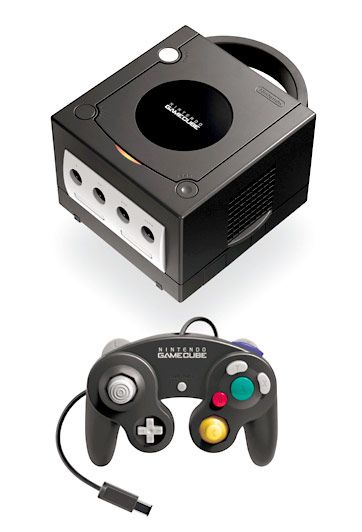
Nintendo also introduced the GameCube in 2001 as their next home system after the N64. It used mini DVD-based disks and had an increased number of third-party developer games.
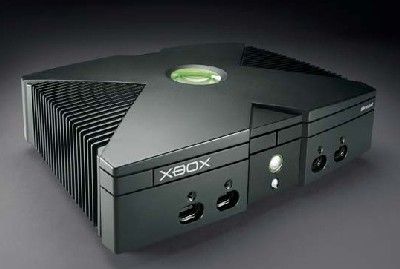
Computer software giant Microsoft also entered the multi-billion dollar game console market in 2001 with the Xbox. On the inside, the Xbox was fairly similar to a PC. "Halo: Combat Evolved", was the launch title.
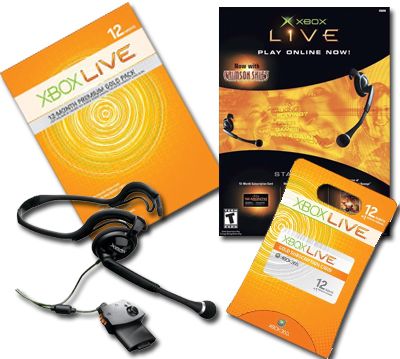
A year later, Microsoft launched Xbox Live. It allows users to connect to the Xbox Live network in order to compete against or cooperate with other players on the system.
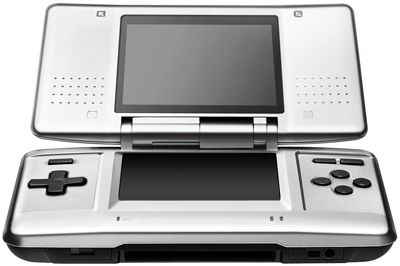
In 2004, the Nintendo DS upgraded the Game Boy and featured a cell phone's messaging function.
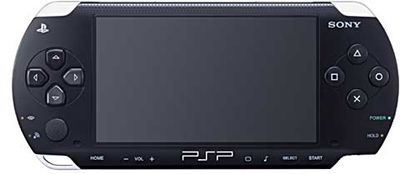
PlayStation soon followed with the PlayStation Portable in 2004/2005. It featured wireless connectivity and a wide, high-resolution screen. However, the PSP can't play PlayStation or PlayStation 2 games.
Advertisement
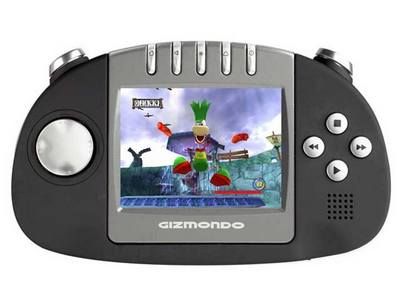
Tiger Telematics also produced a handheld gaming console in 2005 that included an MP3 player, camera, movie player and a GPS receiver. The retail cost was around $400 and it ended up being one of the worst selling handheld console in history. The developers went bankrupt about a year later.

On the other hand, Microsoft's second console, the Xbox 360, was released soon after in 2005 and did very well in sales. It is a total media center that allows users to play, network, rip, stream and download all types of media, including high-definition movies, music, digital pictures and game content.
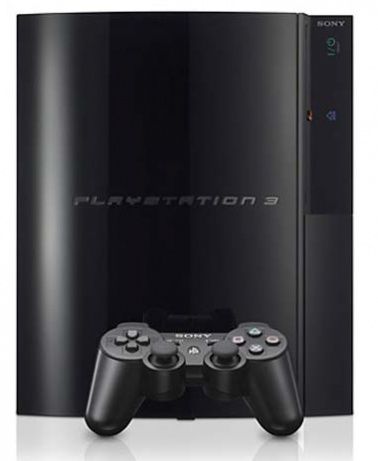
The next year, Sony designed the PlayStation 3 to also be more than just a video game console. It hit stores in November 2006 and today still supports all kinds of digital entertainment. Highlights include a front-loading, Blu-ray optical disc drive with Blu-ray discs games.
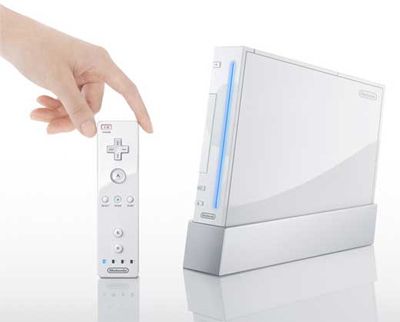
Released in the same month as the PS3 was Nintendo's Wii. It revolutionized video game controllers and game play with its active games and remote control that detects motion in three dimensions. Take a closer look at the controller next.
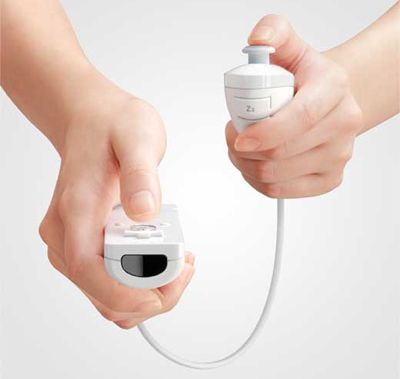
The Wii's innovative controller has many variations that can improve your gaming experience, such as this Nunchuck attachment. The controller also includes the Direct Pointing Device with a three-axis accelerometer, indicator LEDs and rumble.
Advertisement

To compete with Nintendo's Wii, a motion-sensing game controller for PlayStation 3 was released in 2010 called PlayStation Move. The ball at the top of the controller allows for 3-D motion tracking in real-time.
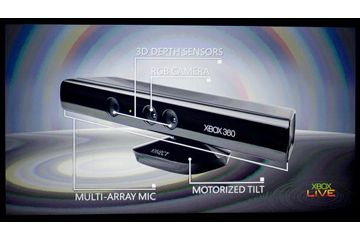
November 2010 marked Microsoft Kinect's historic and anticipated release as a new addition to Microsoft's Xbox 360 product line. It uses a highly innovative combination of cameras, microphones and software that turns your body into the video game controller.
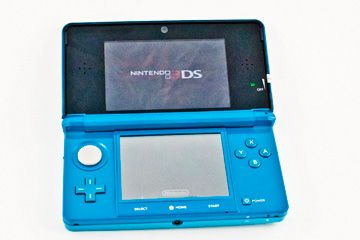
Nintendo was back in 2011 with the Nintendo 3DS, which brings three-dimensional gaming to handheld devices. Up to 300 games can be saved on the 3DS'a SD card.
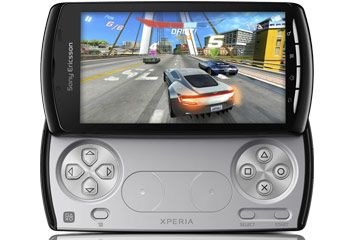
Sony Ericsson also produced the Xperia Play in 2011 as part of the PlayStation Certified program. It can play PlayStation Suite games and offers controls similar to a PlayStation controller, but it is first and foremost a cell phone.
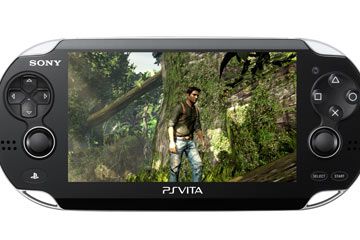
The follow-up to the PSP is scheduled for February 2012. Dubbed the PS Vita, it retains Sony's tradition of powerful hardware and outputs far more detailed graphics than ever seen before on a handheld.
Advertisement

Also due to hit shelves in 2012, the Wii U will have HD graphics and a controller with a 6.2 inch touchscreen, and will be compatible with all other Wii accessories. For more information, check out our Video Game System Channel and view the Top 5 Myths About Video Games.